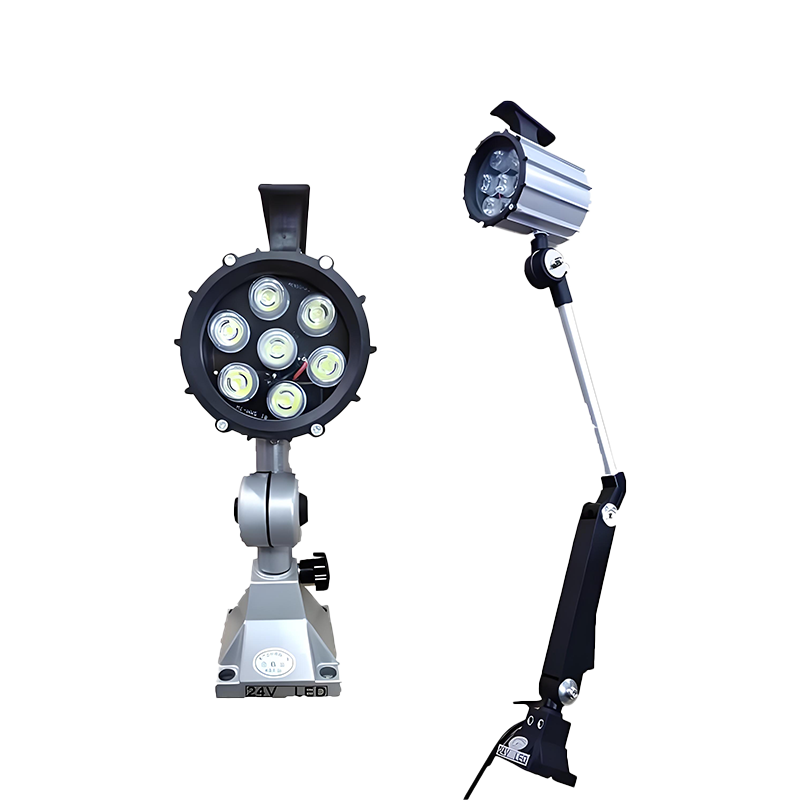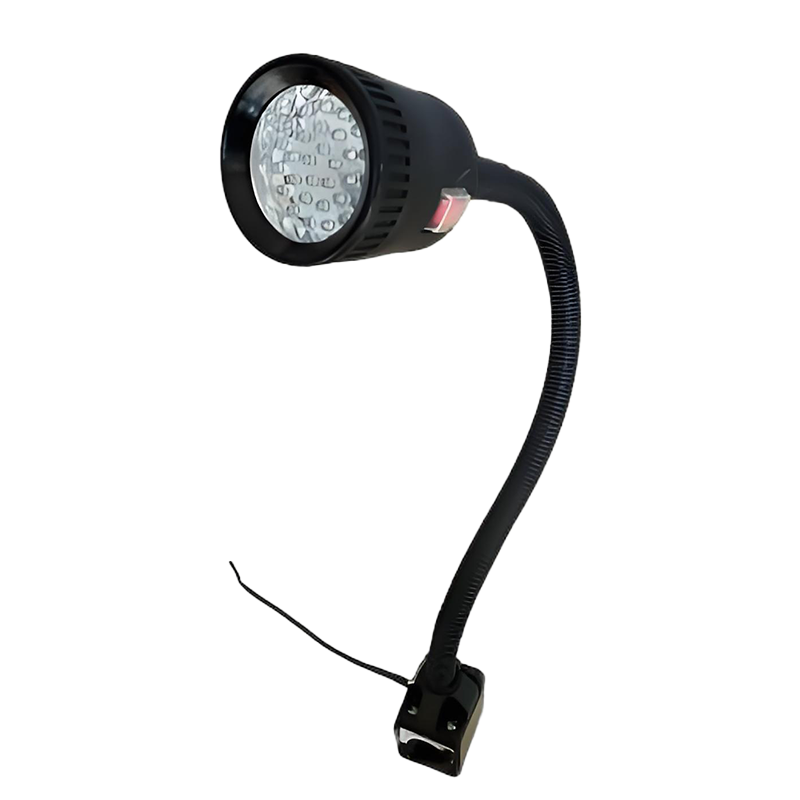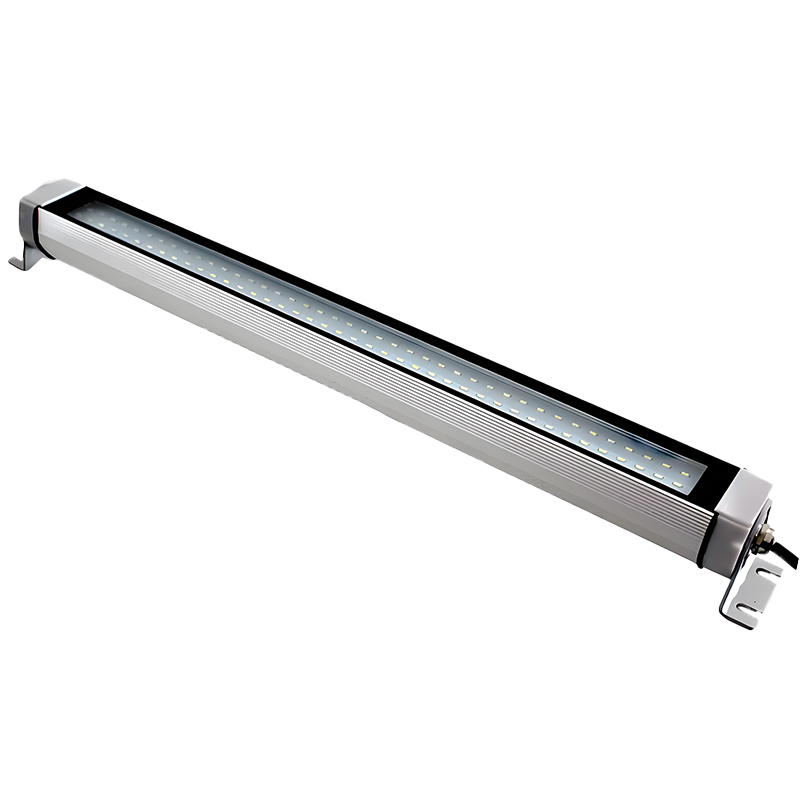CLOSE
Machine tool work light
Machine tool work lights are lighting devices designed specifically for machine tools and industrial equipment. They are mainly used to provide operators with sufficient lighting to ensure that they can clearly observe the work area during the processing process and improve processing accuracy and safety. Machine tool work lights usually have high brightness, vibration resistance, oil resistance and waterproof characteristics, and are suitable for the harsh working environment of machine tools.

Related products

Model Inquiry

Phone
+86 15369455556

info@cn-hckj.com

+86 15803375432
The main functions of machine tool work lights:
1. Lighting function: Provide bright and stable light sources for the machine tool operation area to ensure that operators can clearly observe the processing process under different lighting conditions.
2. Enhanced safety: Improve the visibility of the working area to avoid operating errors caused by unclear vision, especially during high-speed rotation or precision processing, to ensure the safety of operation.
3. Improve processing accuracy: By improving lighting conditions, operators can more accurately control the relative position of the tool and the workpiece, thereby improving processing accuracy and quality.
4. Energy saving and environmental protection: Modern machine tool work lights mostly use LED light sources, which have the advantages of low energy consumption and long life, reducing maintenance and replacement frequency.
Types of machine tool work lights:
1. LED work lights:
High brightness, low energy consumption: LED lights have the characteristics of high brightness, low energy consumption and long service life, becoming the mainstream choice of modern machine tool work lights.
Stable light: LED light sources have stable light output, do not flicker, and reduce operator eye fatigue.
High temperature resistant, waterproof and dustproof: Suitable for harsh machine tool environments such as high temperature, oily or humid environments.
2. Halogen work light:
High brightness: Although halogen lamps have high brightness, they consume more energy and have a short service life, and are gradually being replaced by LED lamps.
Strong applicability: Suitable for occasions that require high-intensity lighting, but due to its high heat, it is not suitable for long-term continuous work.
3. Fluorescent work light:
Good energy saving: Fluorescent lamps have relatively low energy consumption, but they start slowly and have soft light, which is suitable for processing scenes that do not require particularly high brightness.
Installation method of machine tool work lights:
1. Fixed installation: The work light is fixed at a certain position on the machine tool and cannot be moved. This method is usually used in occasions with a small lighting range requirement and is suitable for lighting in a single direction.
2. Adjustable installation: Through the universal joint or arm structure, the work light can flexibly adjust the irradiation angle and position to meet the lighting needs of different workpieces or processing parts.
3. Magnetic installation: The lamp is fixed by a magnet, which is convenient for arbitrary movement and adjustment on the machine tool. It has high flexibility and is suitable for occasions where the lamp position needs to be adjusted temporarily or frequently.
Key points for selecting machine tool work lights:
1. Brightness requirements: Select a work light with appropriate brightness according to the processing type and lighting requirements of the machine tool. Precision processing may require higher lighting brightness.
2. Durability: The machine tool environment is usually harsh, so choose a work light with waterproof, oil-proof, dust-proof and shock-resistant functions to extend the service life.
3. Light source type: LED light sources have better service life and energy-saving effects and are suitable for long-term use, while halogen and fluorescent lamps are suitable for short-term or specific needs.
4. Flexibility: If the illumination angle needs to be adjusted frequently during processing, it is recommended to choose an adjustable or magnetically mounted work light.
Application scenarios:
CNC machine tools: Provide clear processing area lighting for CNC machining centers, lathes, milling machines, drilling machines, etc.
Precision machining: In situations where high precision is required, machine tool work lights can improve the visibility of operations and ensure machining accuracy.
Maintenance and debugging: Used for daily maintenance and overhaul of equipment, easy to observe and operate.
In short, machine tool work lights play a vital role in ensuring processing quality and operating safety. By providing a stable and clear lighting environment for the operating area, they greatly improve processing efficiency and product quality.
Product Packaging
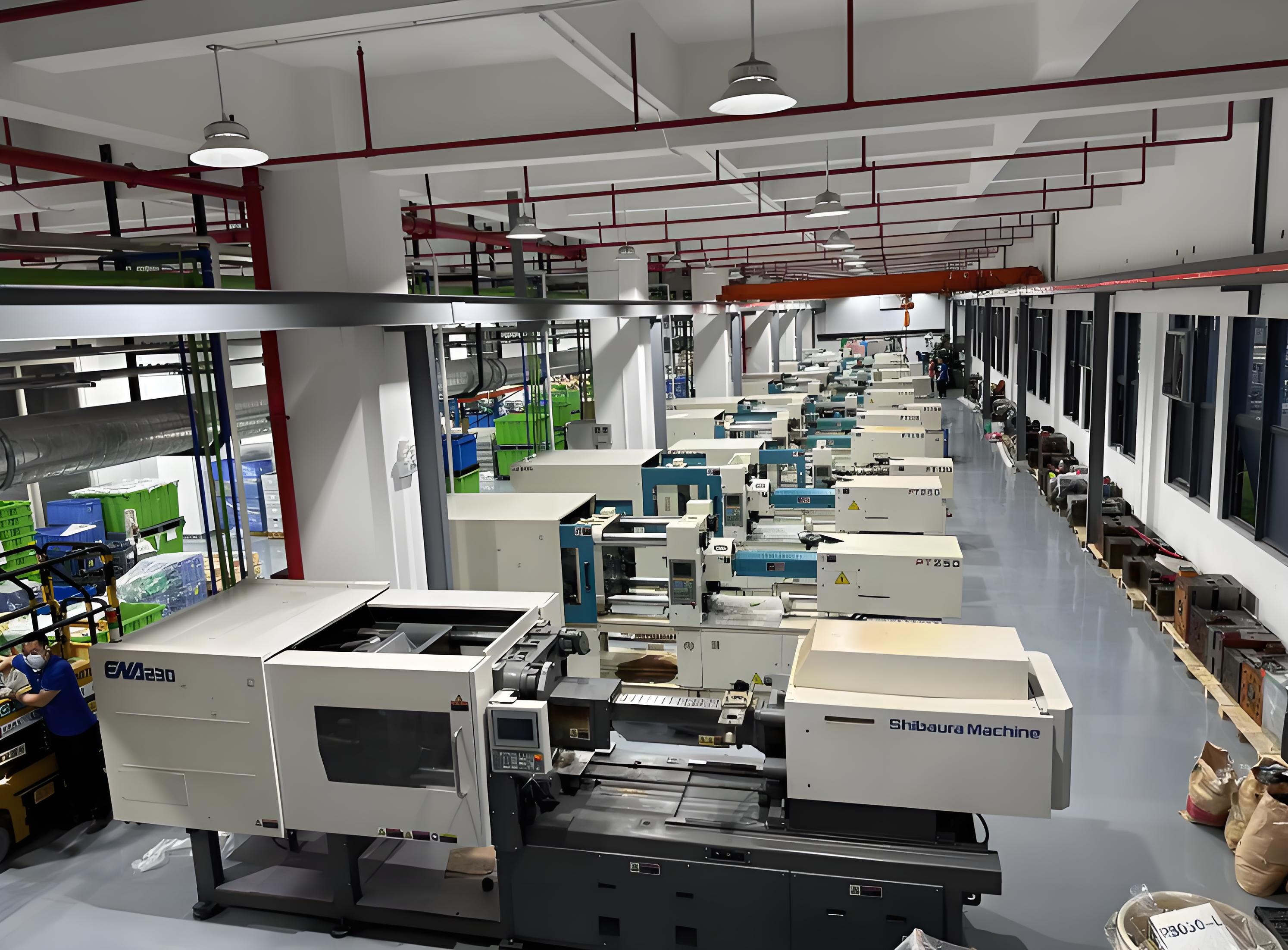
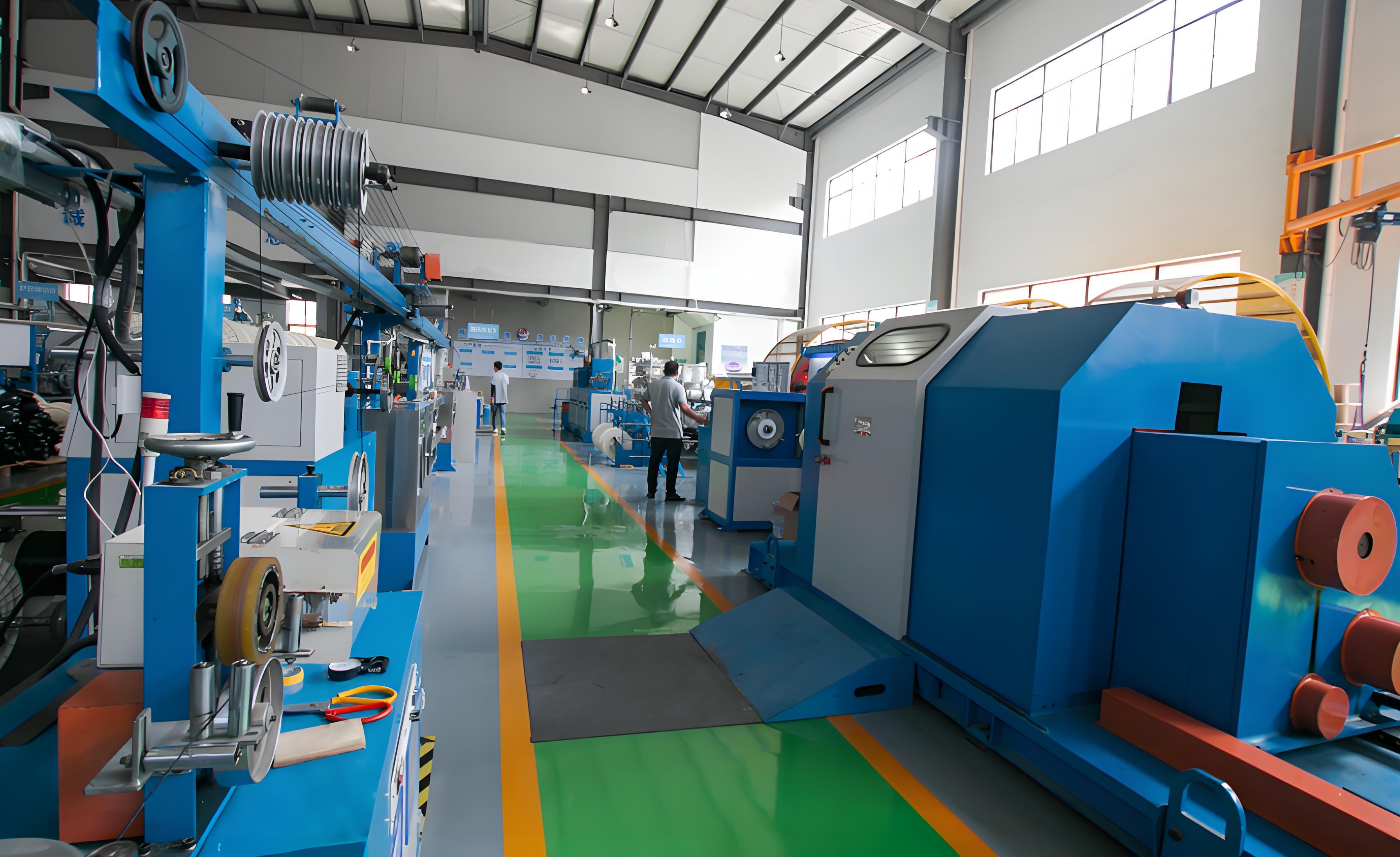
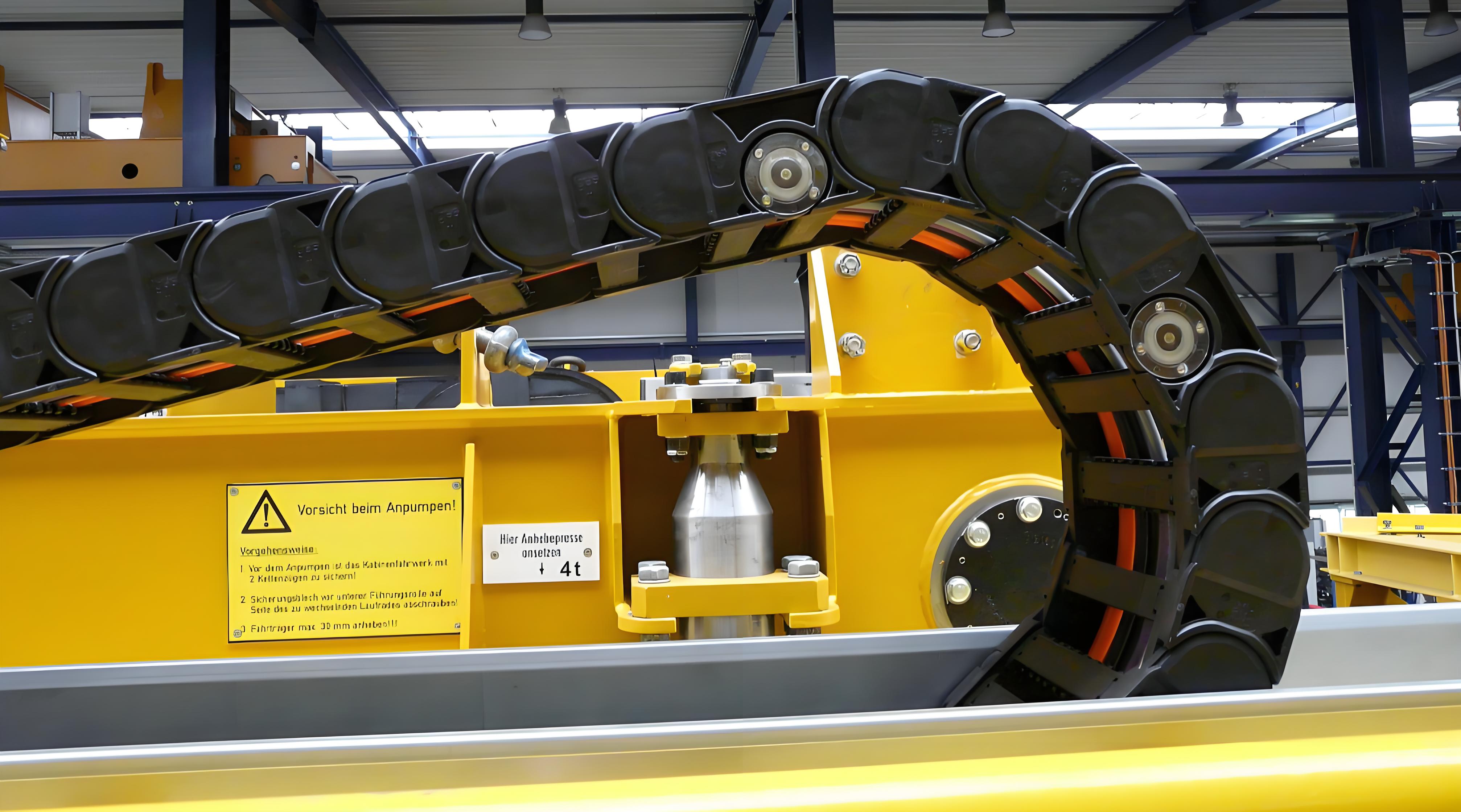
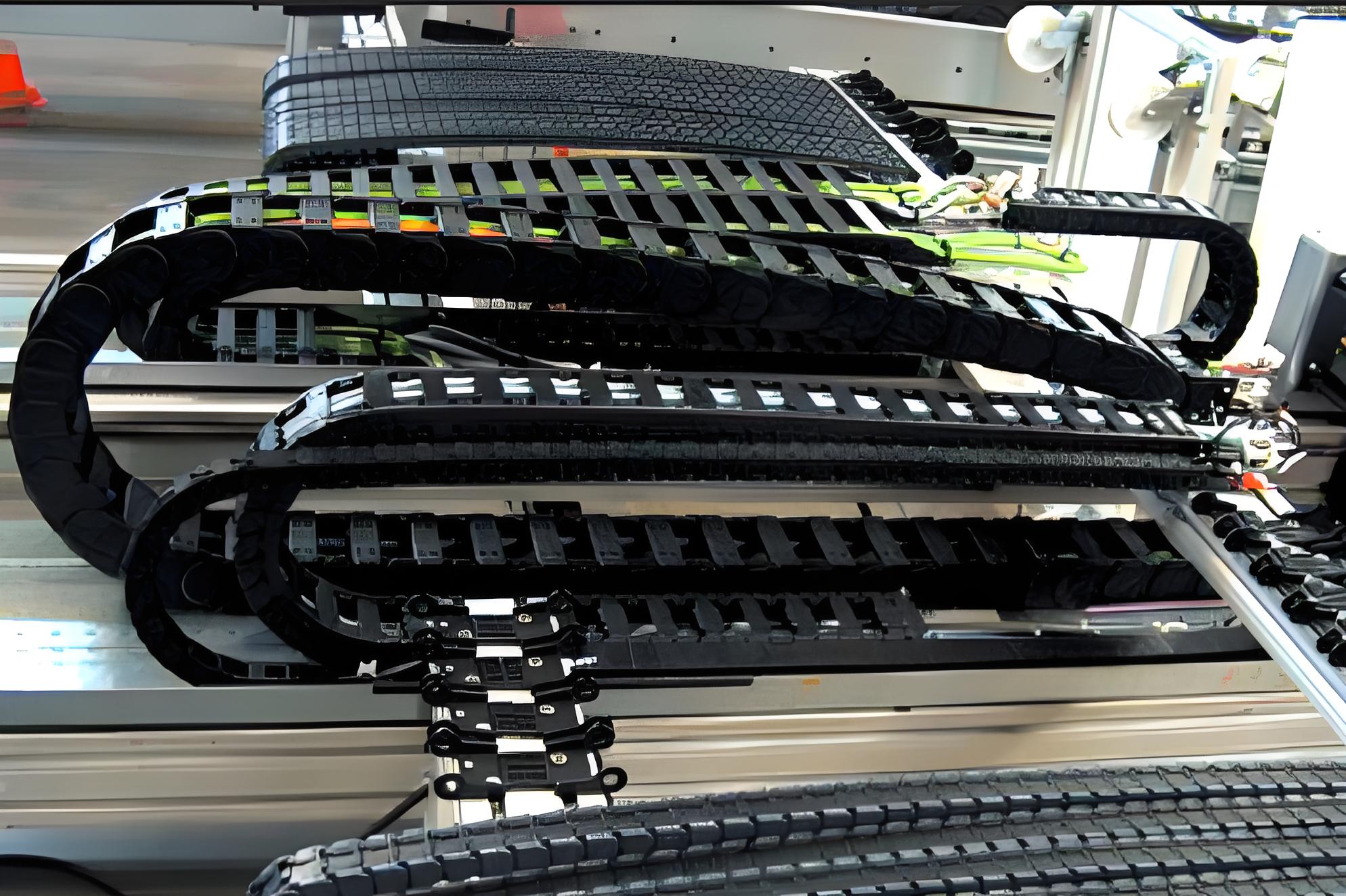
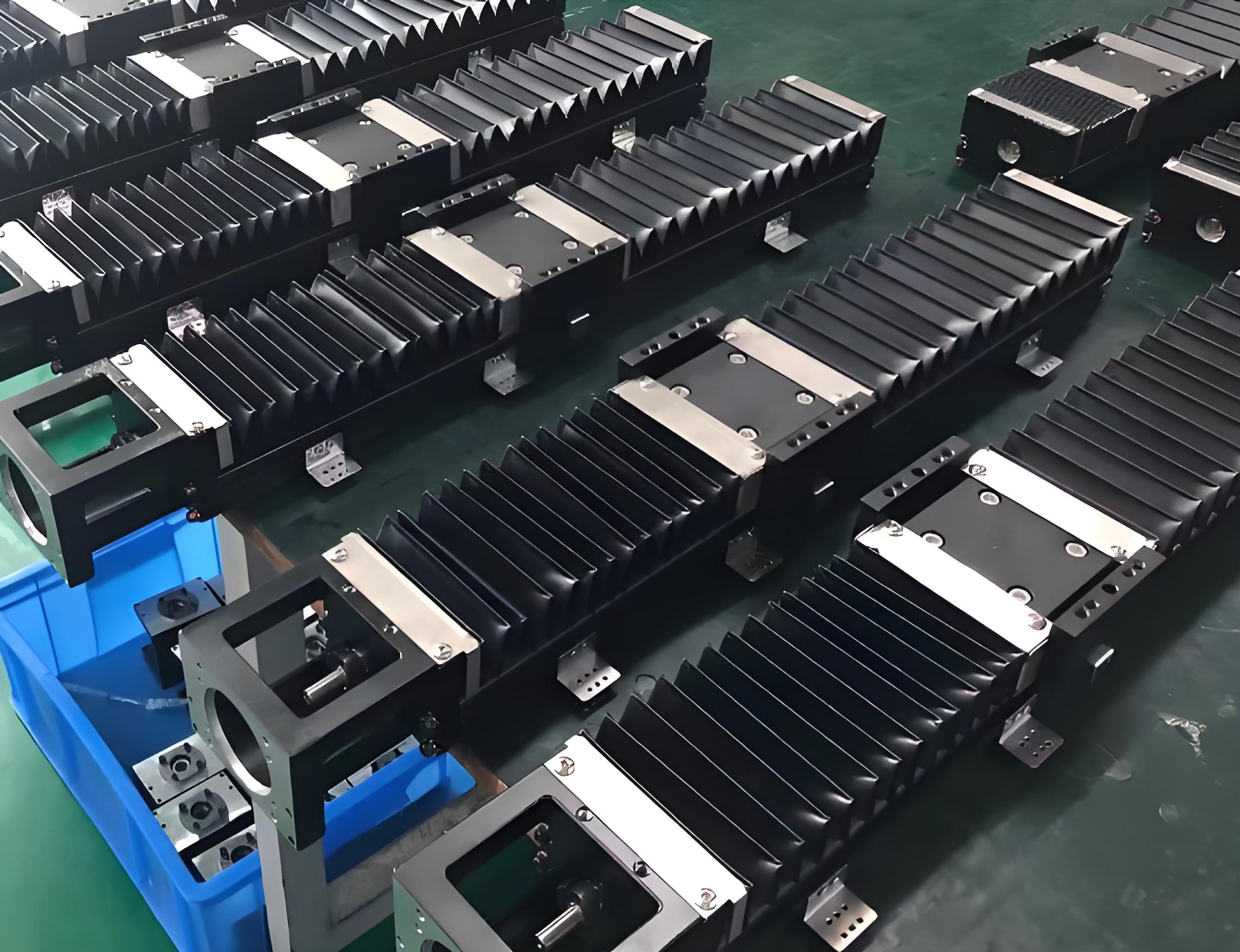
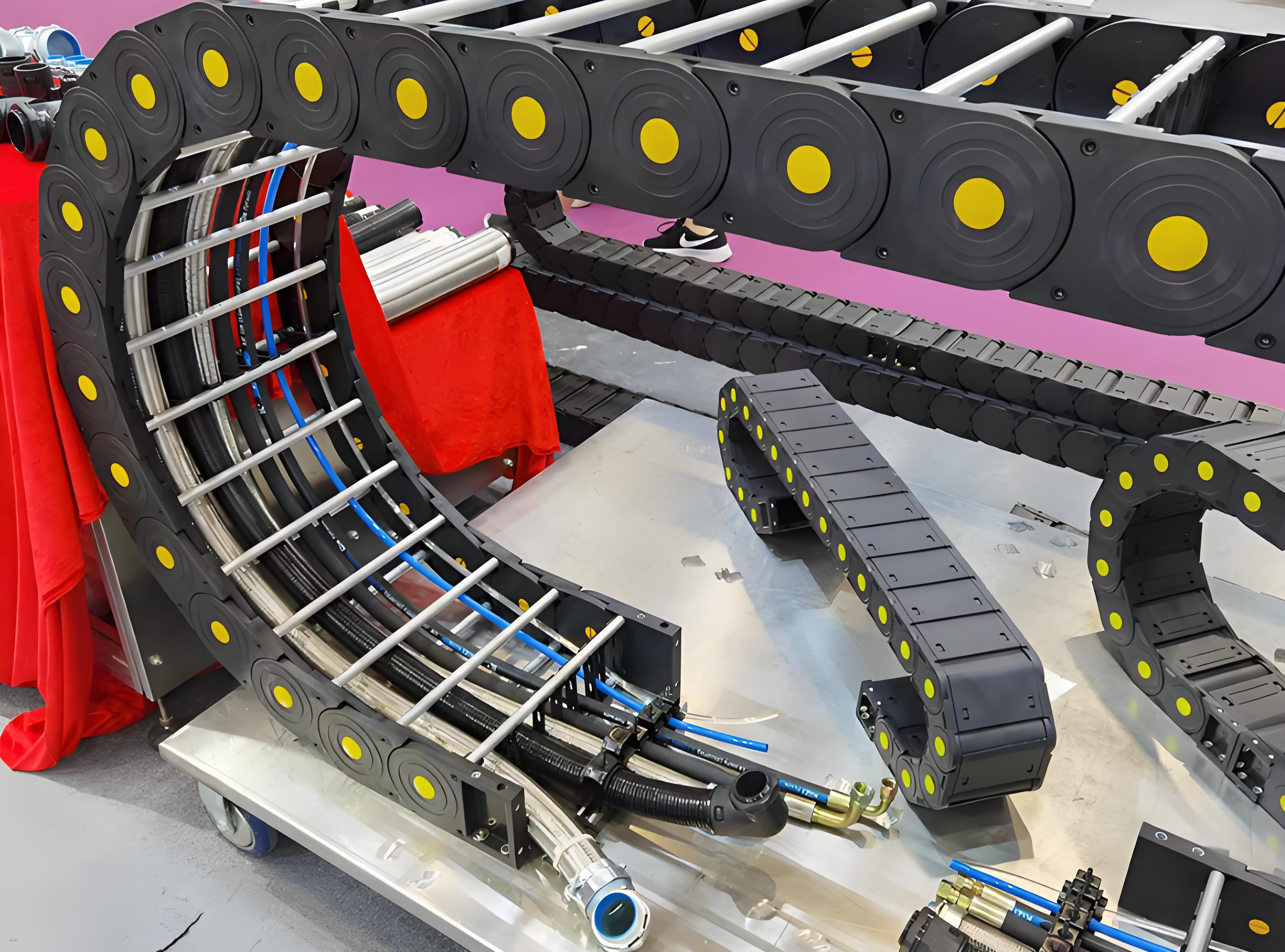
Craftsmanship
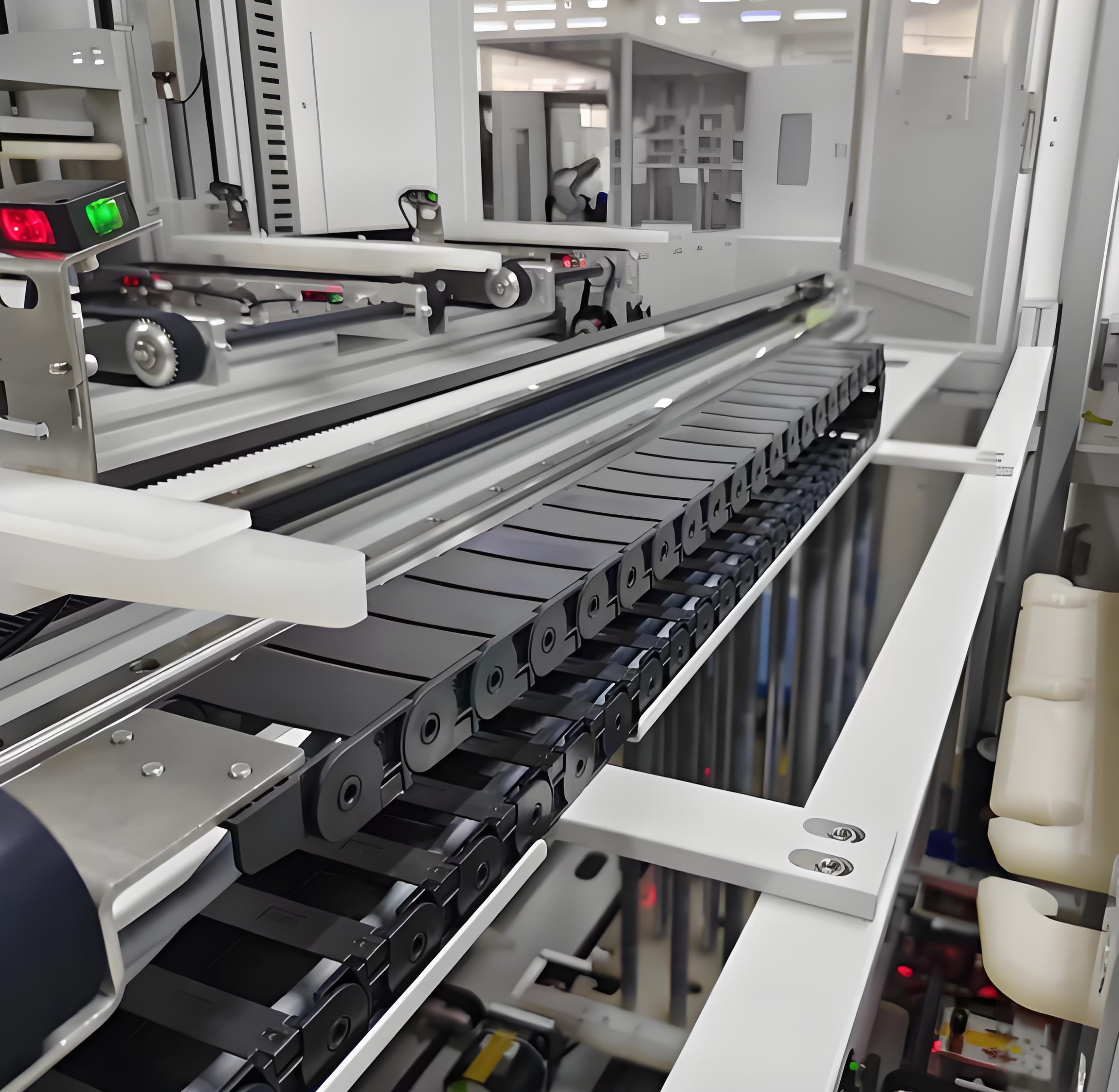
Design Phase
Requirement Analysis: Determine the size, shape, and performance standards of the protective cover based on client needs or equipment requirements.
CAD Design: Use CAD software for detailed design of the protective cover, generating 2D or 3D drawings to ensure precise matching with the machine structure and operating trajectory.
Material Selection
Material Type: Choose materials based on different environmental requirements; common materials include **steel plates, stainless steel, aluminum alloy**, or special fabrics (like heat-resistant fibers, PVC) for flexible covers.
Thickness and Hardness: Select appropriate thickness and hardness based on machine operation strength and environment to ensure sufficient protection without affecting machine operation.
Material Processing
Cutting: Use **laser cutting**, **plasma cutting**, or **CNC shearing machines** to precisely cut steel plates or other materials according to design drawings.
Bending and Shaping: Employ **CNC bending machines** or other machinery for bending to form the required shapes like flat, arc, or cylindrical.
Welding and Assembly
Welding: For hard materials like steel plates, use **TIG welding** or **MIG welding** to join structural parts.
Riveting or Bolt Connection: In some cases, bolts or rivets are used for connections, especially in structures that need to be disassembled later.
Frame Installation: Some covers require internal frames for added strength and support, which will be assembled with the cover shell.
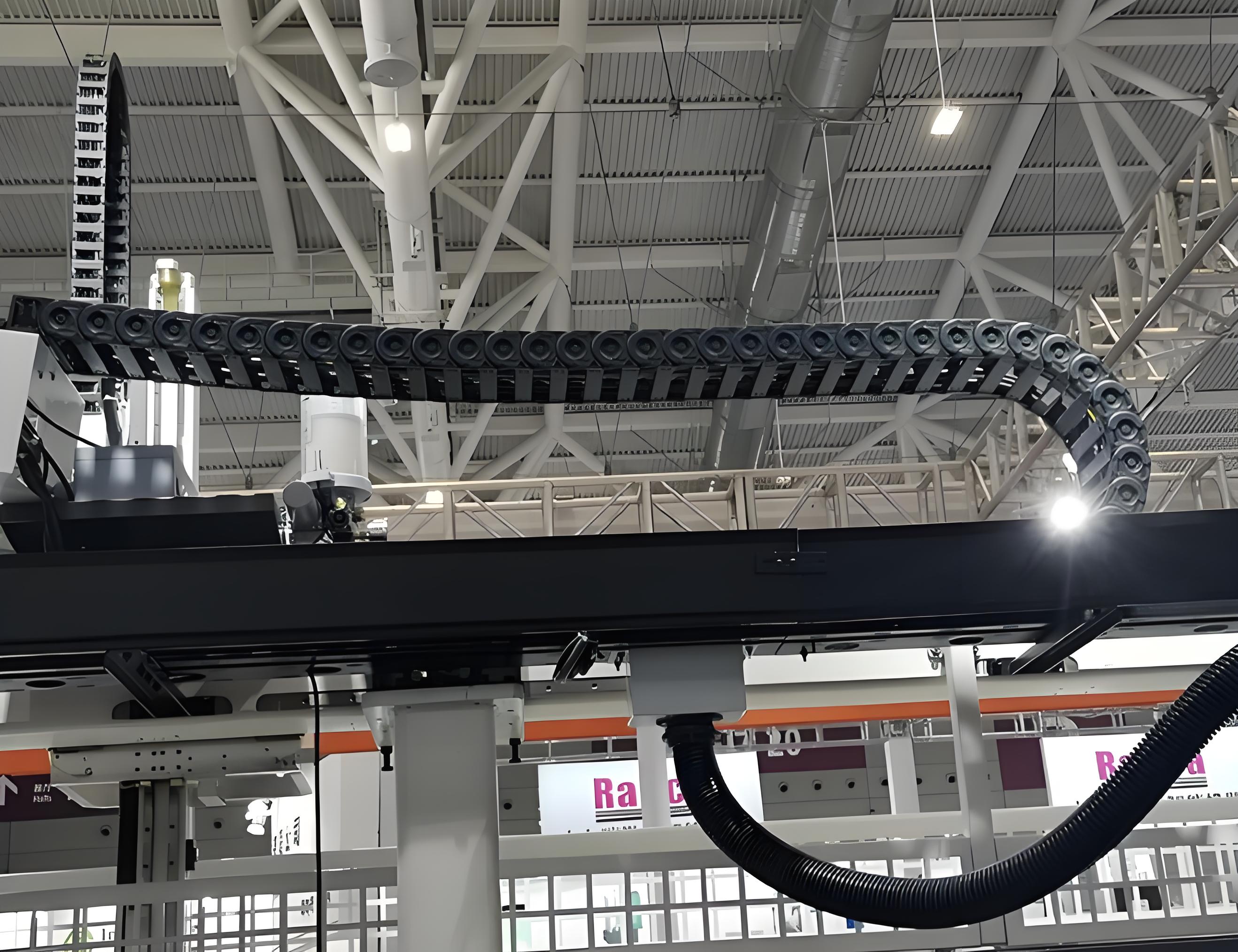
Surface Treatment
Polishing and Grinding: The surface after welding or processing usually requires polishing and grinding to remove burrs and slag, ensuring a smooth finish.
Corrosion Treatment: Depending on the environment, perform **plating**, **painting**, or **powder coating** to enhance corrosion resistance and wear resistance, especially for covers used in humid or corrosive conditions.
Heat Treatment: Some materials undergo **heat treatment** to increase strength and durability.
Quality Inspection
Dimensional Inspection: Precisely measure the dimensions of the protective cover to ensure perfect fit with the machine equipment.
Strength and Durability Testing: Test the load capacity, impact resistance, and wear resistance of the protective cover to ensure it does not deform or damage over long-term use.
Appearance Check: Ensure even surface treatment with no scratches or bubbles.
Installation and Debugging
Pre-assembly: Sometimes trial assembly is conducted in the workshop to ensure good matching of the protective cover's parts with the machine's interfaces and guides.
Installation Debugging: Install the protective cover on the machine and conduct actual operation debugging to ensure it does not interfere with the machine's motion trajectory and effectively protects key components.
Packaging and Shipping
Protection Processing: Finished protective covers are usually packaged to prevent damage during transport; rust-proof oil or protective film may be used as necessary.
Shipping and Installation Guidance: Deliver the finished product to the client's site and provide detailed installation instructions or technical support to ensure correct installation and use.
C
O
N
T
A
C
T
You can contact us through the contact information below, and we will arrange personnel communication in time after receiving your inquiry. You can also click the chat button in the lower right corner to communicate with us online in real time!



